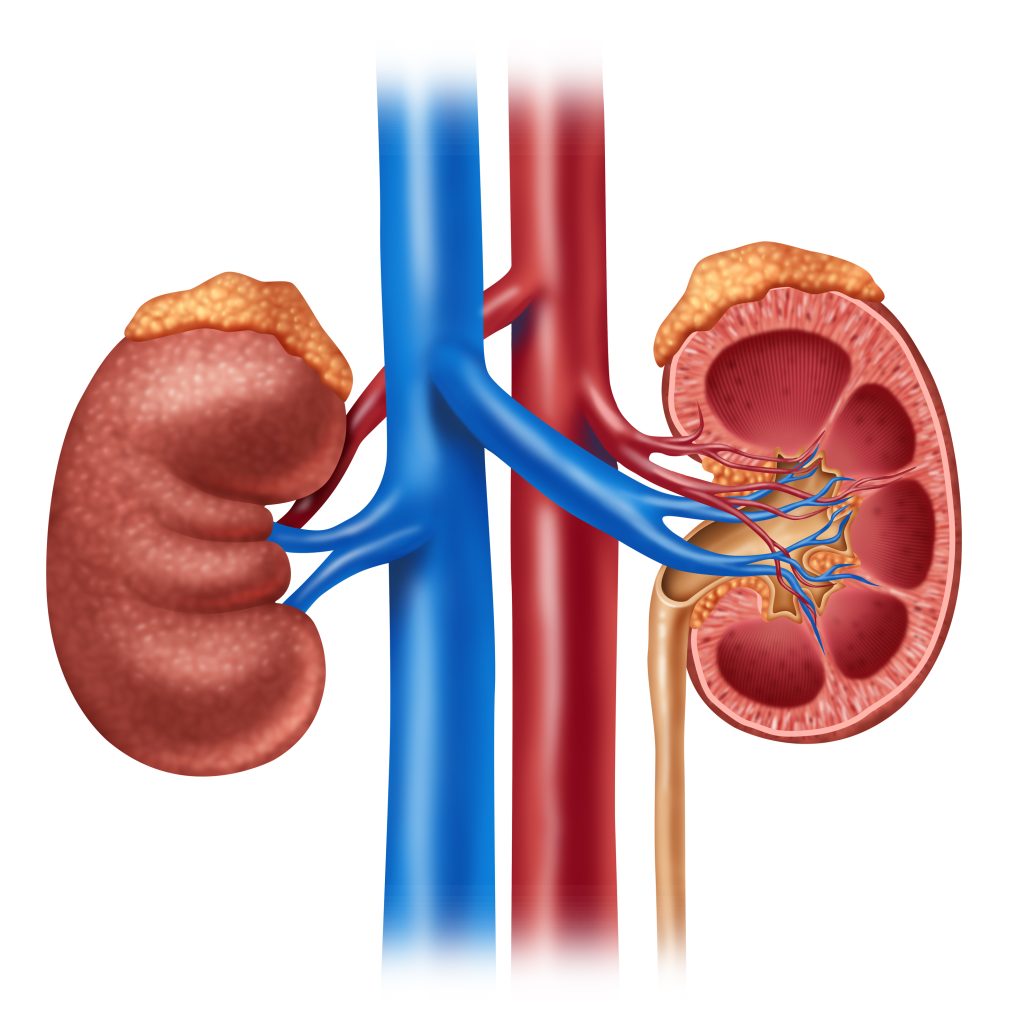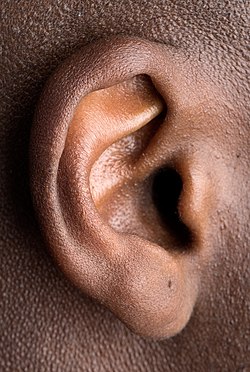Trauma Training Tip
We are sinking towards the deepest and darkest time of the year in the Northern Hemisphere. Named for the “Water” Element in Chinese medicine, the Winter is a time for deep restoration, contemplation, and quiet. Its organs are the Kidney and Bladder. Its role in the Self-Protective Response is to help us interpret fear. Fear creates the Signal that initiates our response to life threat.
In terms of neurophysiology, it governs the dorsal vagus nerve. When the dorsal vagus nerve is operating at high tone, it makes use of Kidney Yang to “brake” hyper-arousal in the heart. It supports the creation of a “freeze” state when there is more arousal energy coming in than we can safely and comfortably manage. Freeze allows us to preserve our Qi, feel less pain, be immobilized and thus safer from predators, and also buys us time until help can arrive.
Low tone in the dorsal vagus nerve makes use of Kidney Yin to provide deep restoration and repair and thus enhanced capacity in the Kidney/Adrenal system to accurately distinguish discomfort from fear and appropriately guide us through a Self Protective Response.
Each of the 5 Elements has a sense organ associated with it. The ears and listening belong to the Winter/Water season. Winter’s profound quiet allows us to hear the impact of freezing and thawing in trees and on ponds.
You can play with the Yin and Yang of the Water with a listening exercise. First help yourself feel settled, anchored, and quiet. Then, bring your attention to sounds in your environment. Invite those sounds to come to you, without reaching out to find them. Explore your receptive Yin experience of sound. Notice what you experience in your tissues – your heartbeat may quiet, you may feel some movement or awareness in your spine or sacrum. Your sense of relationship or connection with the source of the sound may change.
You can alternate this experience with reaching out, extending your listening to find sounds. This Yang posture is critically important when we are orienting to threat. It helps us know where a threat may be coming from and how to escape it. We may have “stored” experiences of threat that came with a particular sound in our listening system. Invite your body to alternately experience being receptive to sounds and actively reaching out to “get” sounds. Observe your internal sense of arousal ebb and flow as you alternate your awareness between receptive and active listening.
Alaine’s Two Cents
I was invited by the Walter Reed National Military Medical Center to present at their monthly integrative medicine webinar series. I spoke on Trauma as Vibrational Illness and Acupuncture as Vibrational Medicine.
Here’s a link to a recording of my presentation.
The Veterans Administration and the Department of Defense can be ponderous institutions – like big steam ships that require many many many turns of the wheel and still only change direction very slowly – but when they do, they create big changes.
Military medical research has given modern medicine profound information for the care of people with head injuries, the use of prosthetics, and the traumatic stress response. Their research has impacted the lives of people in both military and civilian settings. I was glad to be “in the mix” of deliberations on integrative medicine with these fine clinicians.
Check This Out!
The American Education Research Association’s Peace Education Special Interest Group invited me to present their Fall Webinar: Inflammation In Our Bodies; Inflammation in Our World: The Tao of Trauma.
I have been fascinated by the interface of trauma physiology and chronic inflammatory illness. Looking at Covid 19 as an expression of inflammation in our bodies in a global context lends a less polarizing view of the pandemic than our current social discourse might indicate.
Rupa Marya and Raj Patel’s book, Inflamed: Deep Medicine and the Anatomy of Injustice, is a fascinating exploration of the hologram of inflammation expressed in global warming, social unrest, political demagogues, and inflammatory illness.Here’s a link to the recording of my take on the integration of the impact of traumatic stress on personal and global inflammation.
Clinical Curiosity
Where is your clinical curiosity carrying you?
Send me a question or two and I will explore them with readers in this corner next month.
Q. My patient’s two “tween”-age children have had such a hard time through the pandemic year. Both experienced suicidal ideation and psychiatric hospitalizations – and a critical shortage of mental health providers. Amazingly, being back in school has transformed them! Her daughter told her she was sad when she woke up on a Sunday because she wasn’t going to school! She’s engaged with her teachers and her classmates and is a totally different person. Her son is actively playing sports and loving life. What’s your take?
A. I suspect this story may be expressed in lots of places! We need each other. We need social engagement. We need to experience ourselves in a pod/tribe/community! This helps regulate and balance the kidney/heart axis. We regulate each other when we are in relationship.
I hear from a lot of people that they have an odd sense of discomfort when thinking about being with people. We need to find ways to move back into more engagement with each other in titrated and safe ways.
I think it’s time to make effective use of antigen Covid tests – the ones we can buy over-the-counter – as a foundation for safety in social connection. It has been too long, and our communal and personal mental health is being challenged. Too much violence, too much turning to addictive substances to help us manage, too much depression and anxiety.
A rapid test, taken by everyone attending a gathering can tell us if we are carrying virus and whether we need to stay home. We can gather comfortably and safely with effective use of these tests.



